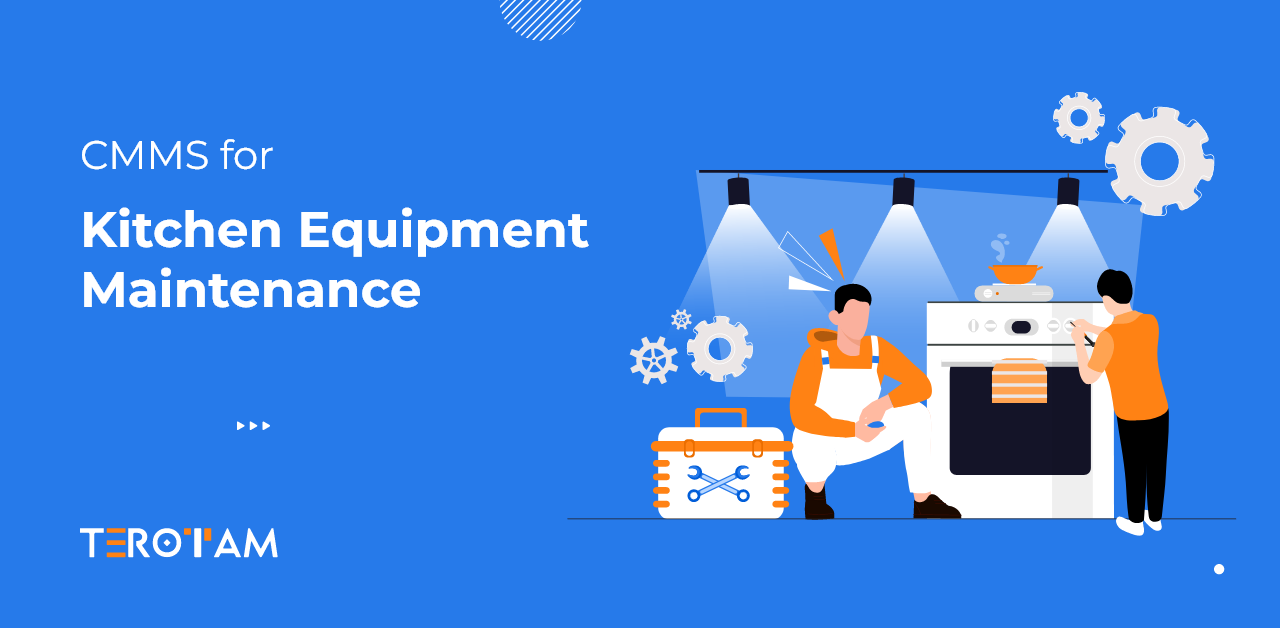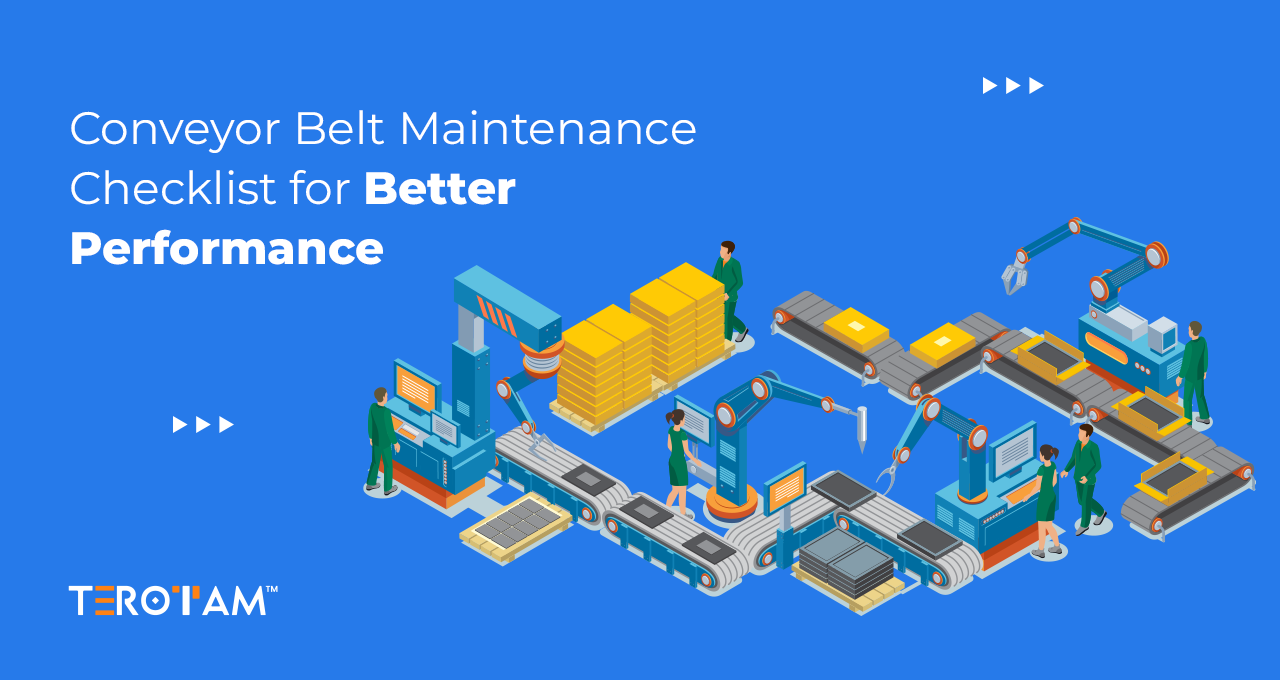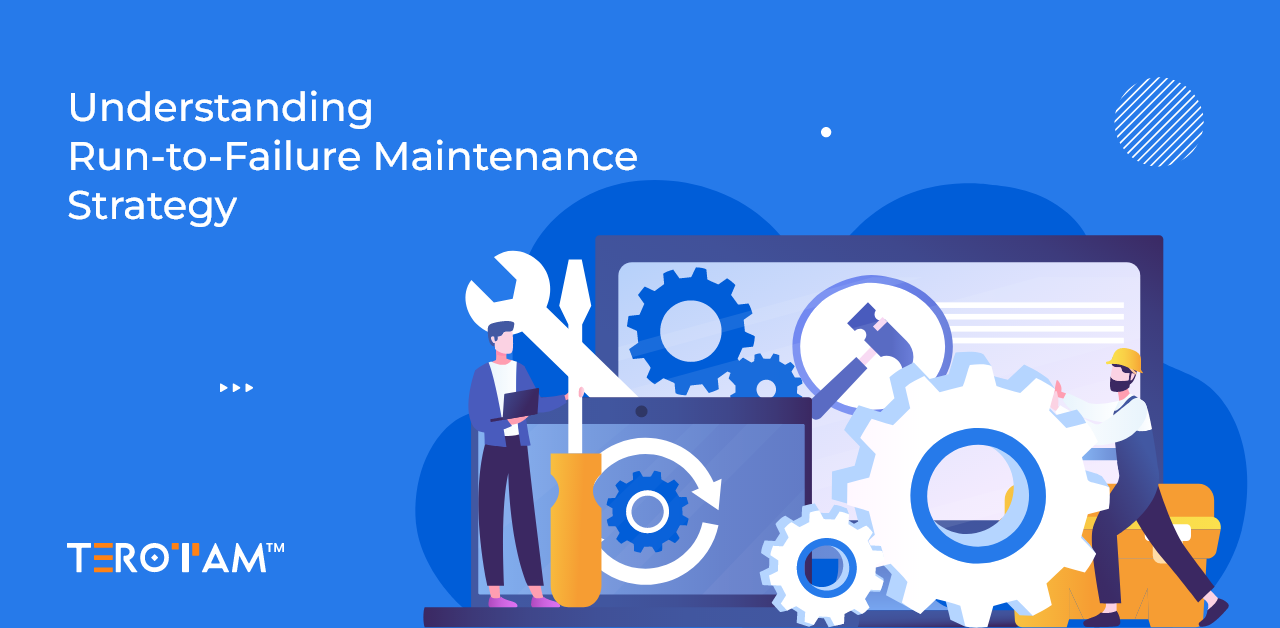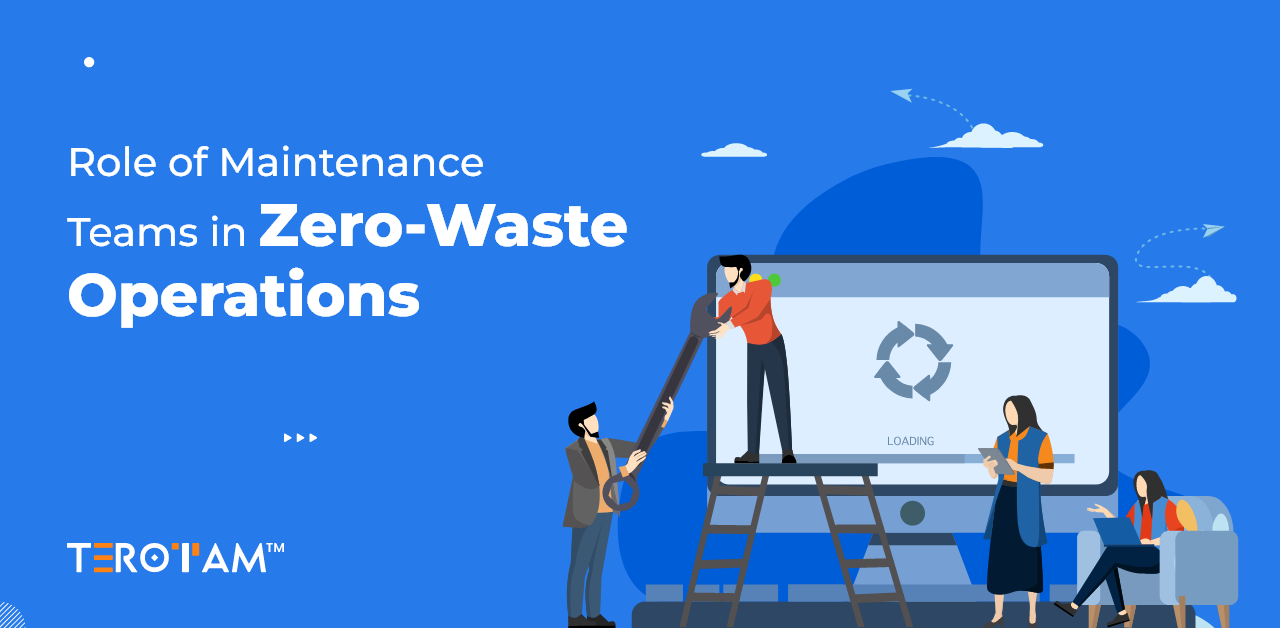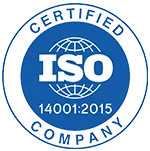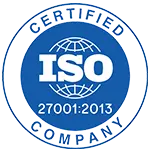The performance of a commercial kitchen hinges heavily on the reliability of its equipment. Whether it’s ovens, refrigeration units, dishwashers, or food processors, even a single failure can cause service delays, compromise food quality, and impact safety standards. The intense operational demands of a kitchen — high temperatures, constant use, exposure to moisture and grease — accelerate equipment wear and tear, making maintenance a daily necessity rather than an occasional task.
Manual tracking of maintenance schedules through spreadsheets or paper logs often results in missed inspections, delayed servicing, and unexpected breakdowns. A Computerized Maintenance Management System (CMMS) introduces automation, consistency, and real-time visibility into the maintenance process, giving kitchens the control they need to keep operations running smoothly.
Why kitchen equipment maintenance needs structure
Commercial kitchen equipment operates under extremely harsh conditions. Refrigeration units cycle frequently to maintain constant temperatures, ovens run for hours at high heat, and dishwashers deal with mineral-heavy water that can corrode internal parts. Over time, if minor issues like worn seals, clogged filters, or misaligned burners are not addressed promptly, they can escalate into major failures.
Without structured maintenance, two common risks emerge:
- Reactive Maintenance Costs: Emergency repairs cost significantly more than planned preventive work, due to overtime labor, express parts shipping, and lost productivity.
- Reduced Equipment Lifespan: Consistent neglect accelerates asset degradation, forcing premature replacements and increasing capital expenditure.
A CMMS creates a framework where each maintenance activity is scheduled, documented, and tracked with minimal manual intervention, drastically lowering operational risks.
How CMMS transforms kitchen equipment maintenance
A robust CMMS system fundamentally changes how maintenance is approached in busy kitchen settings. Let’s unpack the technical depth of its core contributions:
1. Centralizing asset information
Each piece of equipment is cataloged in the CMMS with detailed technical specifications, including:
- Manufacturer manuals and part numbers
- Operating tolerances (e.g., correct freezer temperatures, fryer oil pressures)
- Maintenance protocols and service contracts
- Warranty expiry dates and extended coverage conditions
With QR code tagging or RFID integration, technicians can access this information instantly on-site through a mobile device, reducing diagnostic time and minimizing incorrect repairs.
2. Automating preventive maintenance schedules
Preventive maintenance (PM) is scheduled based on either:
- Time-based triggers: e.g., quarterly calibration of ovens
- Usage-based triggers: e.g., fryer maintenance after 500 hours of operation
- Condition-based triggers: e.g., refrigeration maintenance when temperature deviation exceeds 2°C from the set point
The CMMS sends automated notifications when tasks are due, attaches standardized checklists to ensure thorough inspections, and records technician inputs such as temperature readings, component wear levels, and corrective actions taken.
3. Tracking service histories
The CMMS maintains a complete service log for each asset, capturing:
- Maintenance performed
- Parts replaced
- Downtime duration
- Root cause of any failure
This historical data enables predictive analytics. For example, if a dishwasher’s heating element fails consistently after 800 hours of use, maintenance can be scheduled proactively at the 750-hour mark, preventing service disruption.
Furthermore, trend analysis across multiple units can reveal systemic issues like poor water quality affecting all dishwashers, prompting broader corrective actions like installing improved filtration systems.
4. Managing work orders efficiently
When staff detect an issue — say, a fridge not maintaining its set temperature — they can log a work request in the CMMS. Key technical features that enhance work order management include:
- Priority categorization: Critical issues (e.g., freezer above 5°C) are flagged as high-priority for immediate response.
- Photo/video attachments: Technicians can see visual evidence of issues before arriving on-site.
- Automated technician assignment: Based on skill sets, certifications, and proximity.
- Status tracking: Every work order has timestamps for submission, assignment, action, and closure, ensuring SLA adherence.
Work order dashboards give managers real-time visibility into open tickets, overdue maintenance, and workload distribution among technicians.
5. Improving compliance and safety
Food service operations must adhere to strict standards, such as HACCP (Hazard Analysis Critical Control Point) protocols, which require documented proof of equipment maintenance, particularly for refrigeration and cooking systems. A CMMS assists by:
- Creating audit trails for all maintenance tasks
- Auto-generating compliance reports detailing maintenance dates, responsible technicians, and inspection results
- Ensuring calibration certificates for critical equipment (like meat thermometers and temperature probes) are current and easily retrievable
In environments audited by health departments or third-party organizations, having ready access to this documentation can make the difference between passing and failing an inspection.
6. controlling maintenance costs
Through asset performance reporting, a CMMS tracks:
- Mean Time Between Failures (MTBF)
- Mean Time To Repair (MTTR)
- Total Cost of Ownership (TCO) per asset
Managers can identify high-cost assets that require frequent repairs and determine whether continued maintenance or asset replacement is the smarter financial move. Real-time budget tracking also helps allocate maintenance funds more effectively, avoiding both overspending and maintenance neglect.
Features to look for in a CMMS for kitchen environments
Selecting the right CMMS for a commercial kitchen is not just about basic task management. Kitchens have complex operational requirements where maintenance, compliance, inventory, and operational efficiency must come together seamlessly. A strong CMMS solution should support both the technical depth and the pace of kitchen operations, offering real-world functionality that fits the demands of busy foodservice environments.
Key features to prioritize include:
Asset tagging and tracking: Physical tagging of assets using barcodes, RFID, or QR codes allows for accurate tracking of equipment location, maintenance status, and usage metrics, making asset management more efficient.
Asset audit management system: Regular auditing of kitchen equipment helps track asset conditions over time, validate asset records, and support planning for replacements, upgrades, or disposals based on real-world data.
Customizable PM templates: To accommodate different brands, models, and kitchen setups, enabling site-specific maintenance standards.
Maintenance checklists: Predefined and customizable checklists ensure that all maintenance tasks are carried out systematically, reducing the risk of skipping critical steps during inspections or servicing.
Operations management: Beyond maintenance, the CMMS should assist with managing daily operational workflows such as equipment readiness, shift-based inspections, and maintenance planning aligned with operational hours.
Operational checklists: Daily and weekly checklists for operational staff to verify equipment functionality before and after service hours, helping to catch minor issues before they escalate.
Inventory management: Managing critical spare parts inventory directly within the CMMS ensures that essential components like fryer filters, gasket seals, and heating elements are always in stock, reducing repair downtime.
Barcode/QR code scanning: Facilitating fast asset identification, reducing manual entry errors.
Warranty and vendor management modules: Tracking service agreements, warranty expiration dates, and vendor performance history.
Integration with temperature monitoring systems: Automatically flagging deviations in walk-in refrigerators, blast chillers, or hot holding cabinets to trigger immediate inspections.
Mobile functionality with offline mode: Allowing technicians to continue accessing asset information and updating work orders even in areas with poor Wi-Fi signals (common in large commercial kitchens).
Common kitchen equipment that benefits from CMMS-based maintenance
In a technical sense, nearly every mechanical or electronic device in a kitchen benefits from CMMS oversight. Examples include:
- Commercial ovens (combi, convection, deck): Monitoring for burner efficiency, thermostat calibration, and gasket wear.
- Refrigeration systems: Tracking compressor cycling rates, refrigerant levels, and coil cleanliness.
- Dishwashers: Ensuring wash and rinse cycles meet temperature thresholds to comply with sanitation regulations.
- Ice makers: Scheduling descaling, sensor calibration, and water filter replacements to prevent biofilm buildup.
- Fryers: Regularly checking oil filtration systems, thermostat accuracy, and ignition systems to avoid fire hazards.
- Exhaust systems: Maintaining hood filters, fan belts, and fire suppression equipment critical for kitchen ventilation and safety.
Final thoughts
Managing a commercial kitchen without a structured maintenance approach is like running a race with untied shoelaces — problems are inevitable, and they usually hit at the worst possible moment. With the kind of heavy-duty usage kitchen equipment faces daily, relying on manual tracking or reactive repairs only drains time, money, and energy.
A strong CMMS turns maintenance into a strategic advantage rather than a recurring headache. It centralizes every asset detail, automates preventive care, supports compliance demands, and gives kitchen managers the kind of operational visibility they need to plan ahead, not just catch up. It’s not just about keeping equipment running — it’s about keeping your kitchen ready for anything the day throws at it. If you’re looking to bring this level of control and efficiency into your kitchen operations, the team at TeroTAM is ready to help. Reach out to contact@terotam.com and discover how a purpose-built CMMS solution can transform the way you manage your kitchen equipment — from maintenance chaos to maintenance confidence.


